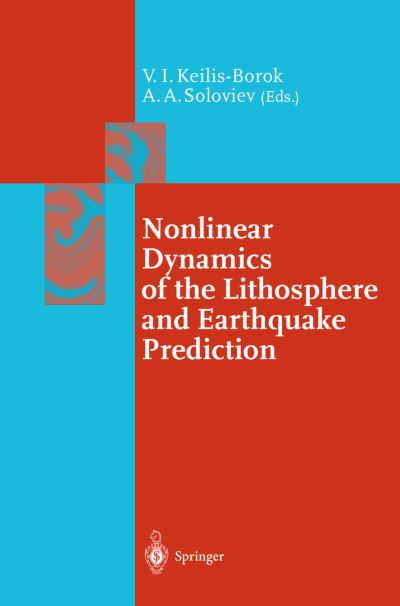
The vulnerability of our civilization to earthquakes is rapidly growing, rais- ing earthquakes to the ranks of major threats faced by humankind. Earth- quake prediction is necessary to reduce that threat by undertaking disaster- preparedness measures. This is one of the critically urgent problems whose solution requires fundamental research. At the same time, prediction is a ma- jor tool of basic science, a source of heuristic constraints and the final test of theories. This volume summarizes the state-of-the-art in earthquake prediction. Its following aspects are considered: - Existing prediction algorithms and the quality of predictions they pro- vide. - Application of such predictions for damage reduction, given their current accuracy, so far limited. - Fundamental understanding of the lithosphere gained in earthquake prediction research. - Emerging possibilities for major improvements of earthquake prediction methods. - Potential implications for predicting other disasters, besides earthquakes. Methodologies. At the heart of the research described here is the inte- gration of three methodologies: phenomenological analysis of observations; "universal" models of complex systems such as those considered in statistical physics and nonlinear dynamics; and Earth-specific models of tectonic fault networks. In addition, the theory of optimal control is used to link earthquake prediction with earthquake preparedness.
| ISBN: | 9783540435280 |
| Publication date: | 10th December 2002 |
| Author: | Alexandre A Soloviev, V I KeilisBorok |
| Publisher: | Springer an imprint of Springer Berlin Heidelberg |
| Format: | Hardback |
| Pagination: | 337 pages |
| Series: | Springer Series in Synergetics |
| Genres: |
Geophysics Cybernetics and systems theory Mathematical physics Earth sciences |